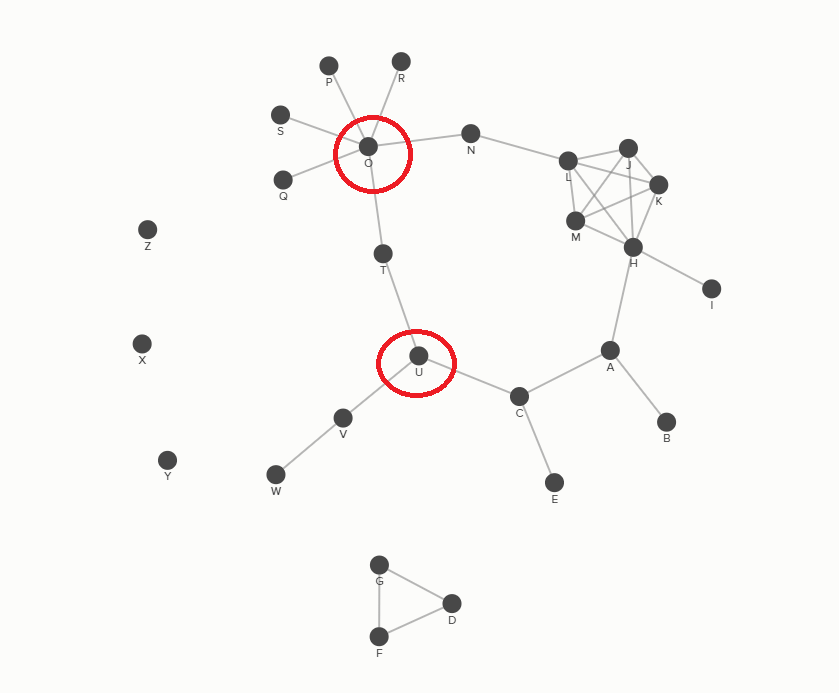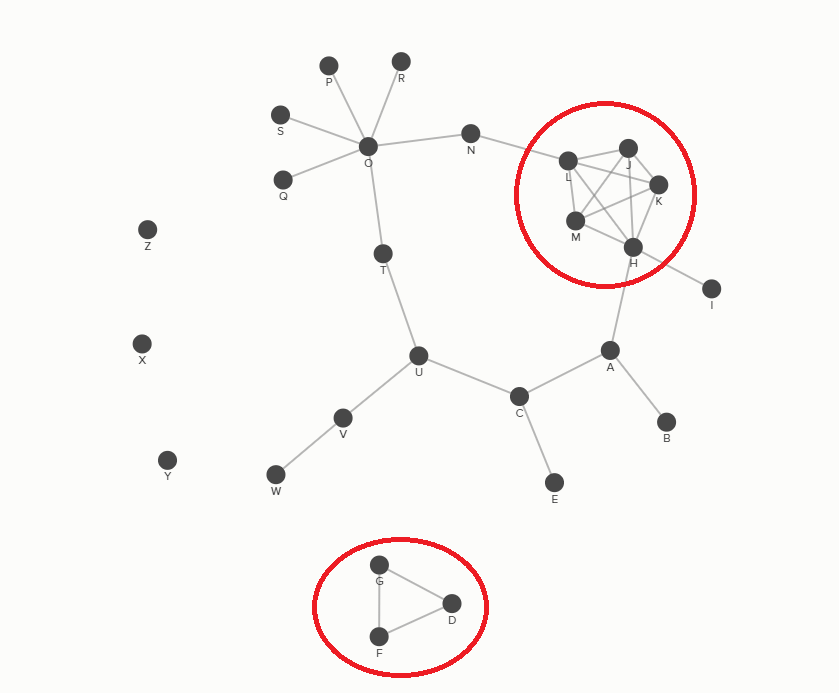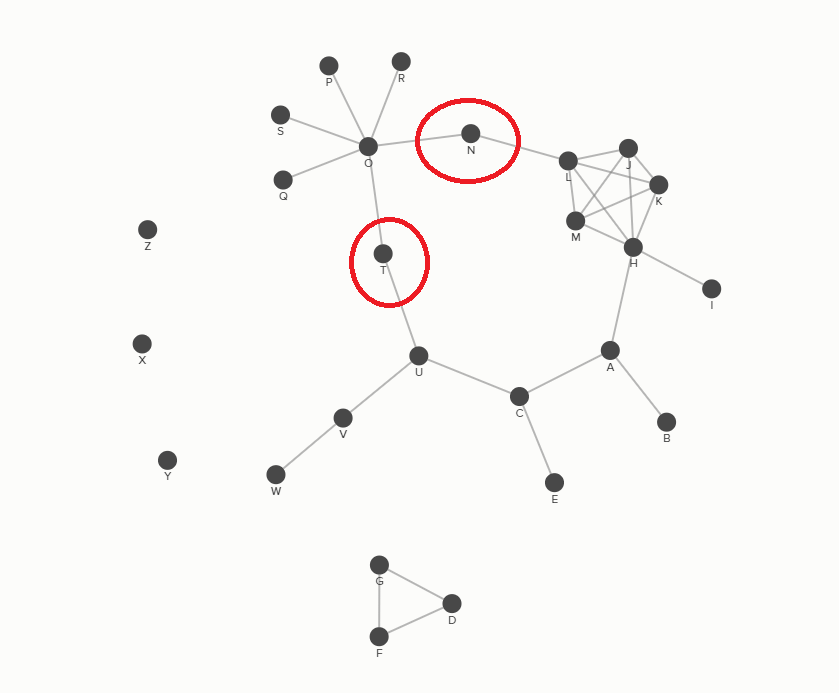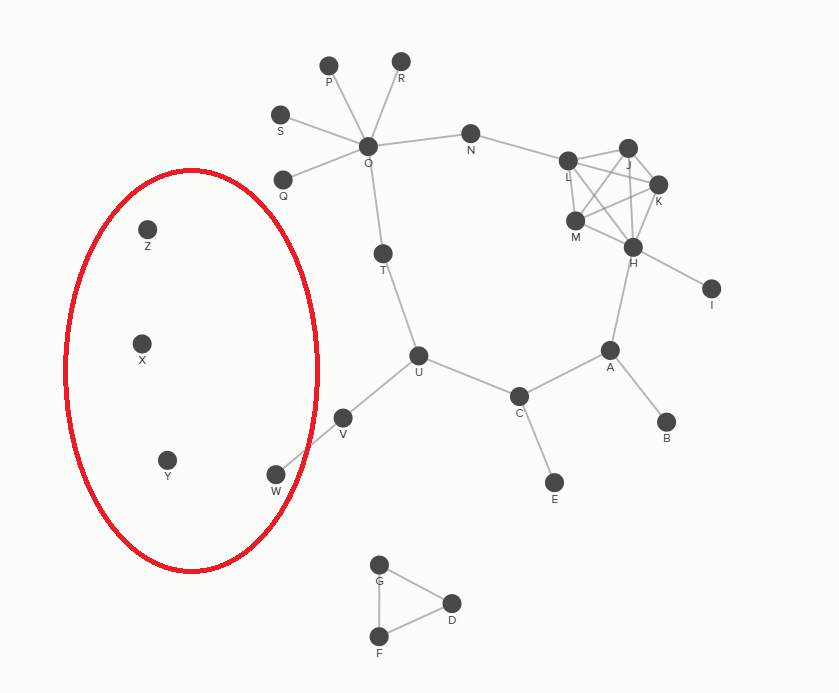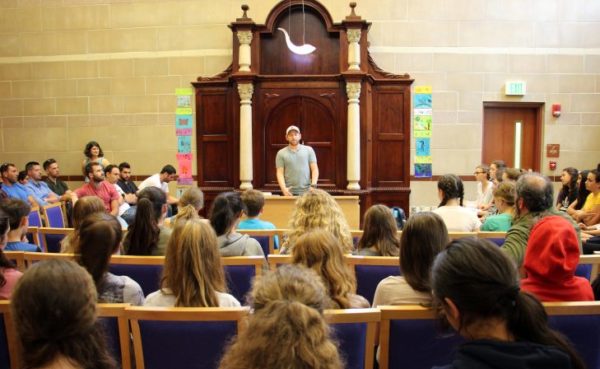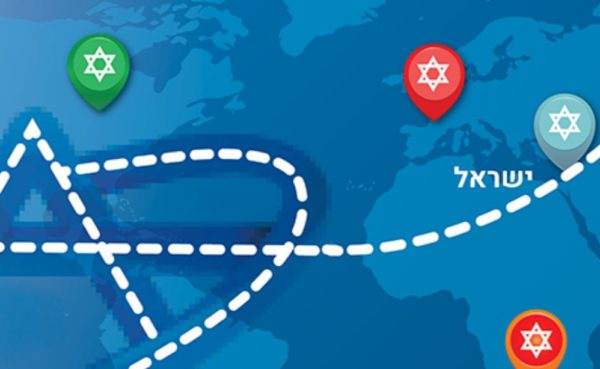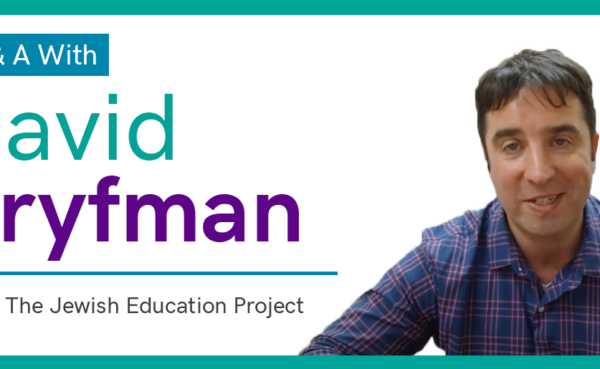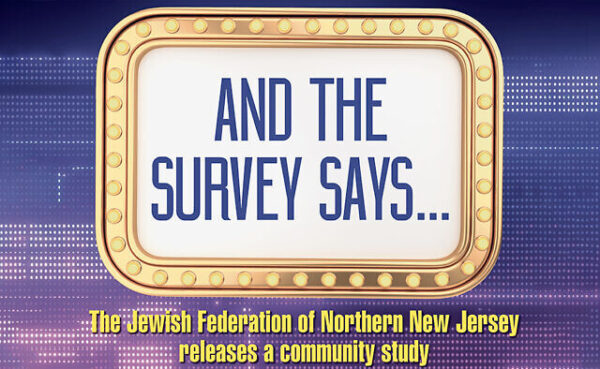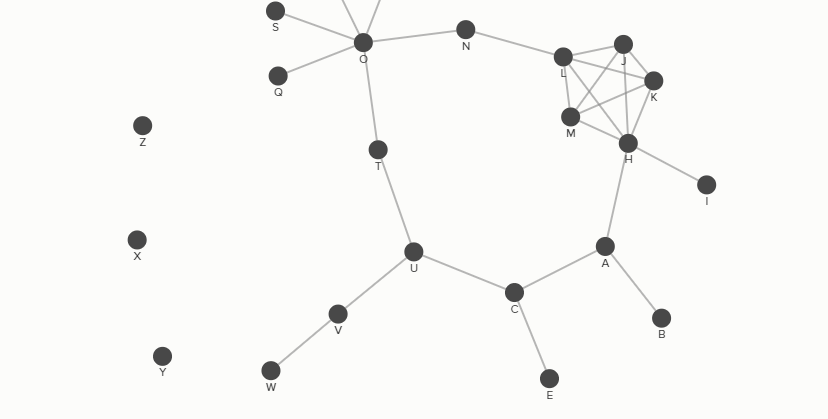
Leveraging Social Networks for Social Change: A Guide to the Perplexed
A blog of insights and learnings from a member of the Rosov Consulting team
By Zohar Rotem
We all know that we live in a networked society. Even outside the realm of social media, what we think, feel, know, and do is shaped by the people who think, feel, know and do alongside us. In itself, this is hardly news. However, with “social networks” rapidly becoming a buzzword, it is important to tell hype from reality. All too often, the terms “networks” and “social networks” are over-used and abused. So here is a little “guide to the perplexed.”
I would like to explore three, interrelated questions:
- What can the philanthropic and non-profit sectors reasonably expect to get out of “leveraging,” or “tapping into,” social networks?
- What does one need to know (and, just as importantly, what canone realistically know) about those networks one wishes to leverage for social change?
- And finally, how does one go about attaining that knowledge? What methods are available for the study of social networks?
